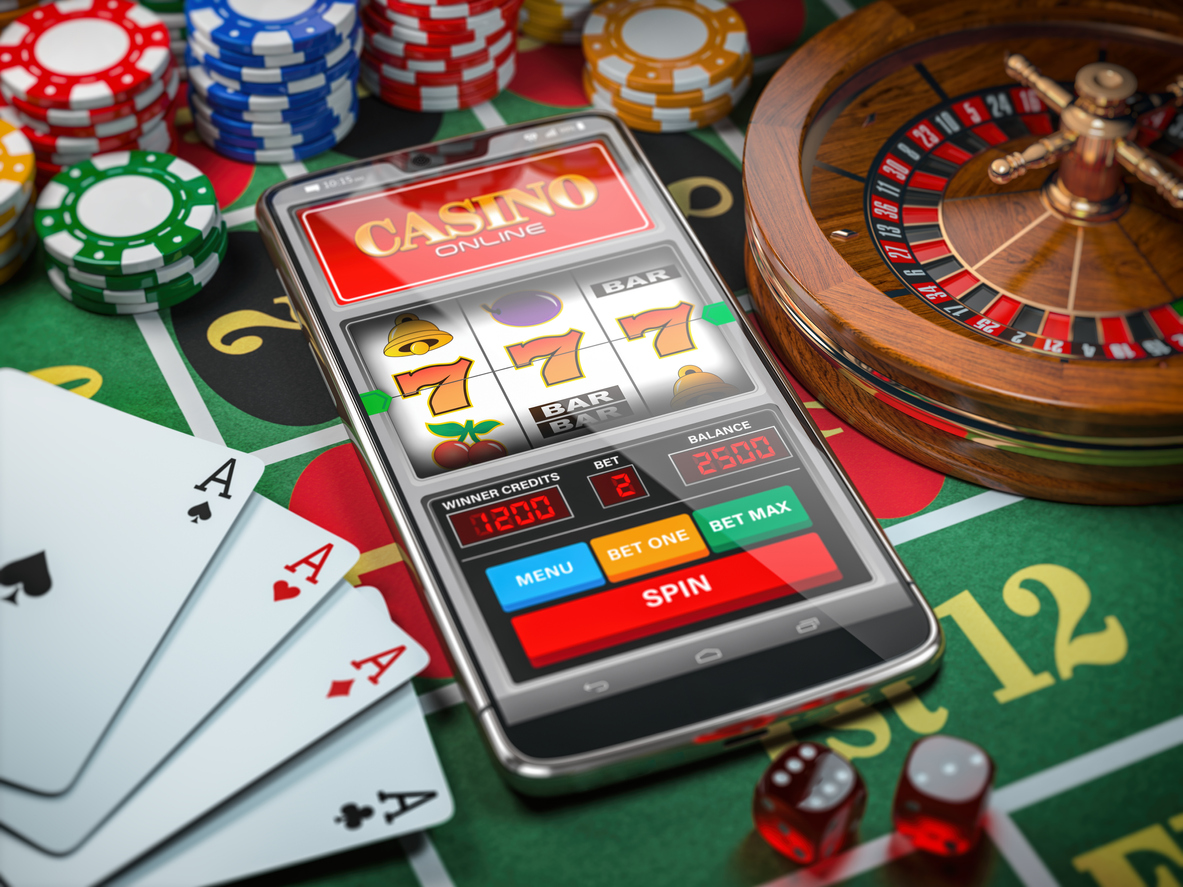Worldwide, the charm of casino slots games has enchanted millions, crossing cultural barriers and appealing to diverse audiences. From the lively casinos of Las Vegas to the colorful gaming halls of Macau’s gaming centers, these fascinating machines have become symbols of thrill and eagerness. The whirling reels and colorful graphics draw players into enthralling experiences, creating a distinct blend of luck and amusement that resonates with people from various backgrounds.

As these games evolve, their effects extends beyond just wagering; they shape mainstream culture, fuel art, and transform social interactions. Whether it’s through cinematic representations of casino life or the rise of internet-based slots that bring the excitement of gambling to the comfort of home, the importance of casino slots games continues to expand. Exploring this trend reveals more than the mechanics of play, but also the profound relationships they establish within communities and their role in the wider tapestry of recreational pastimes across the world.
History of Gambling Slot Machines
The roots of casino slots can be backtracked back the final 19th century with the development of the first conventional slot machine. In 1887, Charles Fey, a mechanic from San Francisco, created the Liberty Bell, which was equipped with three spinning reels and a straightforward design with symbols such as horseshoes and playing cards. This machine offered users a chance to win cash, laying the foundation for what would become a global gaming trend.
As the acceptance of slot machines increased, various advancements surfaced throughout the initial twentieth century. By the early 1900s, numerous manufacturers began creating their designs, enhancing the machines with new features and more complex systems. These early devices became a mainstay in pubs, clubs, and eventually started to make their way into gambling halls. By the 1960s, the mechanical slot machine was further improved with the introduction of electronic elements, leading to more varied gameplay and increased player engagement.
The decade of the 1980s marked a major turning point when video technology was incorporated into casino slots. This innovation allowed for more intricate graphics, sound effects, and storylines, attracting a wider audience. The combination of impressive visuals and engaging gameplay transformed gambling slots into a major highlight in gaming venues around the globe. As a result, slots evolved from basic machines into sophisticated entertainment systems, reflecting changing cultural preferences and technological advancements.
Cultural Differences within Slot Games
Gambling slot games have developed to showcase diverse cultures and customs belonging to the areas where they are played. As an example, in Japan, for instance, pachinko machines blend elements of pinball alongside classic slot machines, producing a one-of-a-kind playing experience that is deeply rooted in Japanese entertainment culture. These machines typically feature popular anime characters as well as themes, showcasing the gaming with popular culture within Japanese society.
On the other hand, within the U.S., gambling machines tend to be styled using iconic cinematic works, well-known individuals, and recognizable imagery belonging to U.S. tradition. This practice demonstrates a propensity to celebrate and monetize mass culture, allowing the gambling experience relatable for players. These eye-catching designs and effects are intended to generate thrill as well as draw people into slot atmosphere, showcasing U.S. innovation within entertainment and tech.
European regions likewise maintain distinct individual strategies toward slot games. In Britain, for example, classic fruit machines popularized within pubs and amusement centers mirror regional tastes toward nostalgic gaming designs. These models often highlight basic aesthetics while also straightforward play, which connect strongly to participants that appreciate a classic gaming experience. This regional difference illustrates the way cultural factors affect the development and appeal of slot slot games across different areas in the world.
The Evolution of Casino Slot Machines
As tech continues to evolve, the prospects of casino slots appears promising and exciting. Advancements in gaming technology, such as virtual reality and AR, are likely to revolutionize how players experience slots. Imagine stepping into a virtual casino where players can engage with their environment more immersively, making the act of spinning the reels more thrilling and enthralling than ever before. This transition could also draw in a younger demographic, ushering in a new era of casino entertainment.
Moreover, the integration of AI and big data will enhance personalization in casino slots. Players can look forward to games tailored to their individual tastes, as AI assesses their behaviors and habits. https://e2betvipp.co/ This customization not only makes the gaming experience more fun but also encourages player retention, as casinos work hard to accommodate individual player needs. Future slot games will likely include more engaging narratives and vivid content, expanding the limits of traditional gameplay.
Finally, the rise of mobile gaming will continue to shape the future of casino slots around the world. As more players opt for smartphones and tablets for entertainment, casino operators will concentrate efforts on optimizing their games for mobile devices. This convenience allows for more accessible play, with players able to play their favorite slots whenever and anywhere. As the global gaming market grows, the advancement of casino slots will play a vital role in attracting new players and keeping the excitement of existing fans.